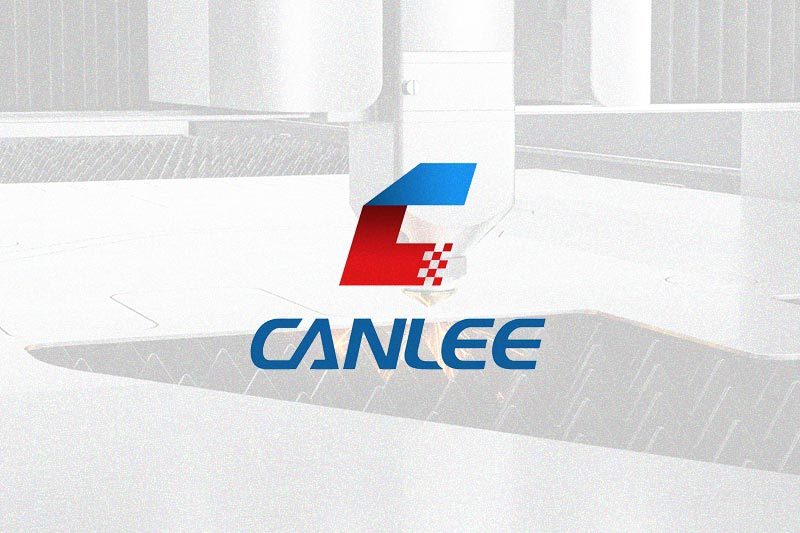Personalized design customization: Electromechanical products that meet special requirements

In today's rapidly developing technological era, personalized design is increasingly valued across various industries. Whether in home furnishings, automobiles, or electronics, consumers' demand for product uniqueness and personalization is becoming stronger. Especially in the design and manufacturing of electromechanical products, how to meet these special requirements has become an urgent problem to be solved. Today, let's talk about personalized design customization, especially how products related to "Sanyo handheld tightening" stand out in this context.
The Necessity of Personalized Design
Have you ever wondered why some products can quickly capture the market? In fact, personalized products often resonate more strongly with customers. Imagine you see two similar power tools in a supermarket, one is a standard version, while the other can be customized according to your needs. Which one would you choose? Undoubtedly, the product that meets your special requirements would be more appealing to you, right?
The key to personalized design lies in understanding customer needs. Today's consumers want products that are not just tools but extensions of their lifestyle. Taking "Sanyo handheld tightening" as an example, this product is not limited to basic tightening functions; it can also provide diverse design and functionality options based on different user needs. This flexibility undoubtedly increases market competitiveness.
How to Achieve Personalized Design
Achieving personalized design is not an overnight process; it requires a series of steps. First, manufacturers need to conduct market research to understand the specific needs of customers. For example, by using questionnaires, user feedback, and other methods, they can gather potential customers' expectations for "Sanyo handheld tightening" in terms of functionality, appearance, and user experience.
Next, the design team can utilize modern design tools, combining user feedback to create initial design concepts. At this stage, 3D modeling and virtual reality technology can help customers understand the product more intuitively, thereby shortening the feedback cycle.
Once the design plan is confirmed, manufacturers can enter the production phase. In this process, flexible production lines and efficient supply chain management are particularly important. Personalized customization often means small batch production, so companies need to have quick response capabilities to meet customer delivery requirements.
The Role of Technology in Personalized Design
Technology plays an indispensable role in personalized design. Taking "Sanyo handheld tightening" as an example, advanced laser cutting technology and 3D printing technology make complex designs feasible. Imagine that traditional manufacturing processes require a lot of time and resources, while modern technology can help companies produce customized products in a short time, reducing costs and improving efficiency.
In addition, data analysis is also an important tool for achieving personalized design. By analyzing user data, companies can better predict market trends, thereby formulating product strategies that better meet customer needs. In this way, personalized design is not just about meeting special requirements, but also reflects an early insight into user needs.
The Market Potential of Personalized Design
As people's living standards improve, the market demand for personalized products will continue to rise. Consumers are increasingly concerned about product uniqueness and user experience, and personalized design just meets this need. For companies, seizing this trend is undoubtedly the key to opening the market.
In summary, personalized design customization holds great potential in the field of electromechanical products. "Sanyo handheld tightening" as a representative of personalized design demonstrates how to meet users' special needs through innovation and technology. As the market continues to develop, personalized design will become an important trend in future product design.
recommend News
Hydraulic System Design and Manufacturing Expert: Creating a Stable and Efficient Power System



